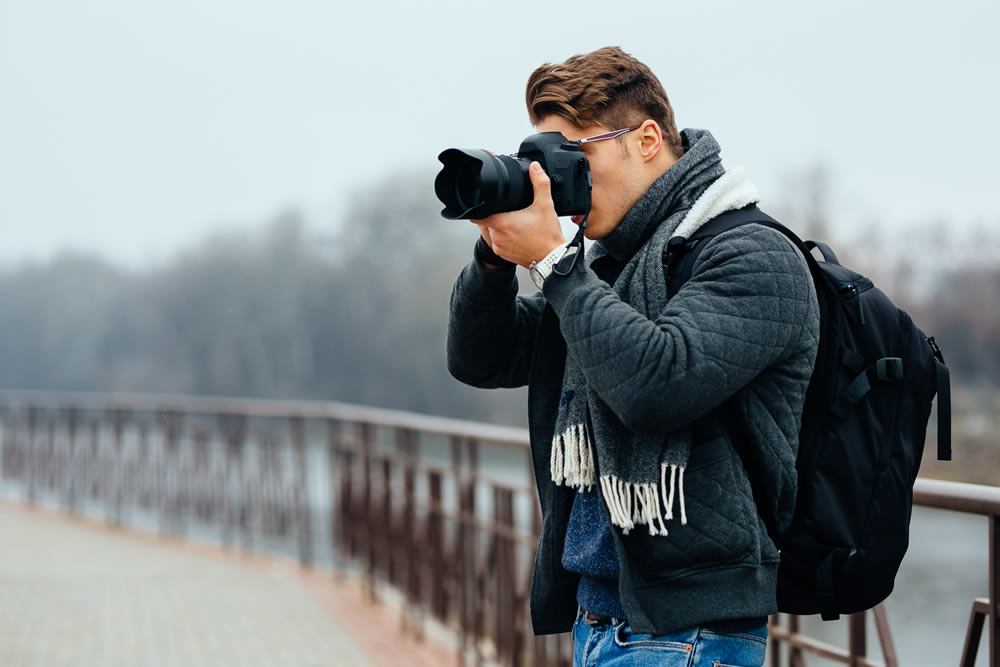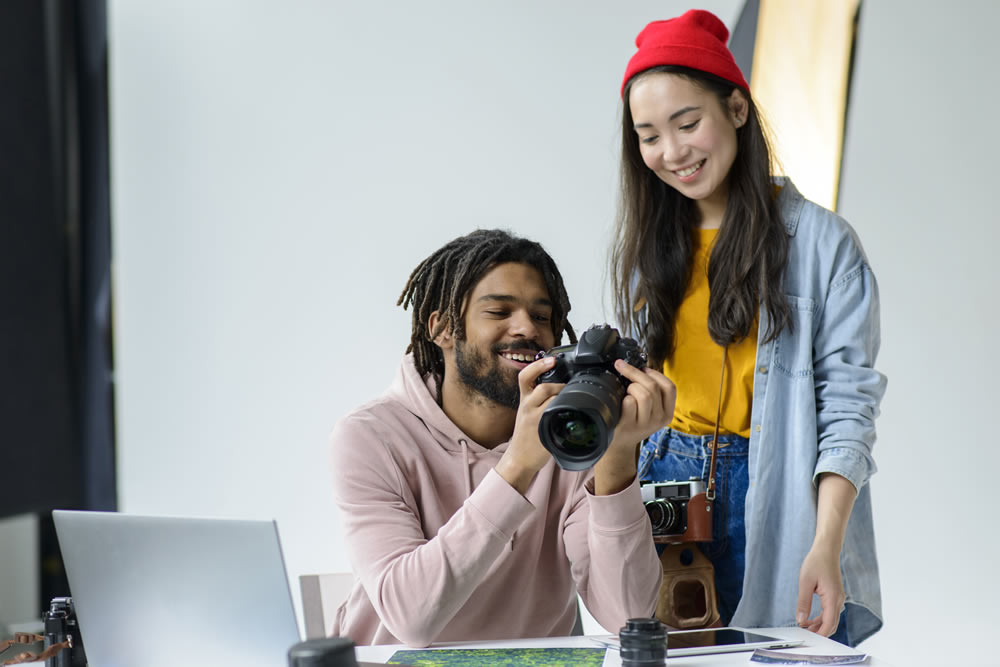Photojournalism provides an excellent opportunity for students to get to know the world. It brings together photography and journalism to tell stories through images. It can be an interactive and fun way of teaching different school disciplines. It helps students study historical events, cultures, and people worldwide from different viewpoints.
Moreover, photojournalism lets the youth describe and convey the issues they witness in pictures. They also learn critical thinking skills by looking for clues and connecting information from different sources. Here are some other things you should know about photojournalism.

The History and Evolution of Photojournalism in Education
The educational challenges of photojournalism have their roots in the past. It originated as a technique to provide authenticity to the learning environment. First, it had a student component where the students were tasked with creating pictorial stories. In the beginning, photos were used to help illustrate the stories in science and history class. Then, the teachers realized that the pictures could be used not only to show what they were talking about but also to get emotions and to stimulate discussions.
However, creating the perfect photo takes time, and not all students are ready for hours of photo sessions. However, you can always delegate some of your assignments. I recently came across an in-depth Essayshark review that analyzed the company’s services and writing quality. That’s why I advise you to use a similar strategy. Browse companies and choose only those that are worth your attention.
Basic Principles of Photography and Storytelling for Young Journalists
The basics of photography and storytelling are very important for starting your career as a young journalist. First, knowing how to use a camera correctly is necessary. This encompasses changes such as focal length and exposure and understanding how to do it. Secondly, how the images are combined makes the difference between good and great pictures. This is where deciding what goes within the frame becomes necessary to play out the story. In third place, illumination makes a big difference in the ambiance and clarity of top-quality pictures. Young journalists must be informed about using natural light and other light sources.

Strategies for Incorporating Photojournalism Into Various Subjects
Photography in the classroom is a good technique to help learners engage with a variety of topics. Students can produce photo essays for history to complement major historical eras and events. They can write out their experiments or draw diagrams or charts to explain different theories in science. Visual storytelling can be employed to enhance English classes through writing assignments.
For social studies, photojournalism work could involve investigating community issues or cultural diversity within the community. But don’t forget about your current assignments, which take time. You may even have to delegate several essays to conduct a photo shoot. But which academic company can you trust? Is Essayshark safe? Look for answers to these questions before taking action.
Discussing the Responsibilities of Young Photojournalists
Young photographers bear a huge responsibility. They should observe the subjects properly to avoid distorting or hurting them. This also involves getting consent where necessary and understanding how the community around the person they are featuring may be affected. Ethics plays a very important role; we should not use a manipulation technique to trick the viewers intentionally.
In addition, young journalists must aim for objectivity but remember that the strictest neutrality is hard to achieve. Moreover, they must remember that the environment can change and be ready to protect themselves or their subjects. By exploring and internalizing such obligations, young photojournalists can influence the field positively and society.

How Such Activities Can Enhance Skills and Interest in Photojournalism
Attending photojournalism sessions will make students more knowledgeable and lively in pursuing this career. Using this recreation, they habitually pay more attention to their reality. Thus, special attention to detail is acquired. Students learn technical skills, such as using a camera and video editing, which make them qualified for many careers. On the other hand, these children not only learn to have better storytelling and communication skills but also through telling stories using images. Taking up photojournalism allows students to discover their imagination and empathy as they try to portray the world from different angles.
Spotlight on Successful School Photojournalism Clubs and Their Impact
Successful student photojournalism clubs have led to a much more united school atmosphere and have provided students with an outlet to showcase their skills. The students’ clubs frequently organize activities to present school life, social problems, and community stories. Participating in the project will serve as a way to strengthen their photographic skills, work in a team, and develop leadership skills. In addition to the clubs, the association organizes exhibitions and competitions that favor education and the recognition of the student community inside the school and worldwide.

Opportunities for Students to Publish Their Work and Gain Recognition
Students can choose among different ways to publish their work and gain recognition in photojournalism. A school newspaper and a yearbook are students’ main tools to present their talents. Now, schools can market themselves through websites and social media platforms; there is more visibility. Contests offer one more great platform for students to have their work critiqued by the experts. By implementing photographic activities into the educational process, students get more ways to boost their knowledge!
